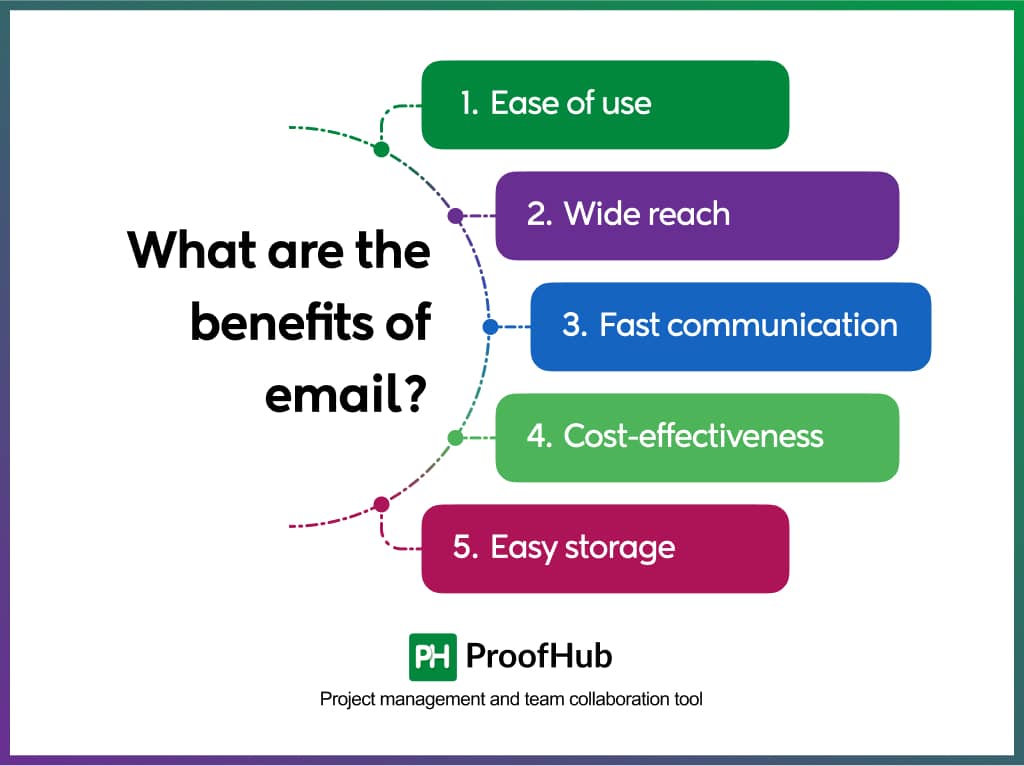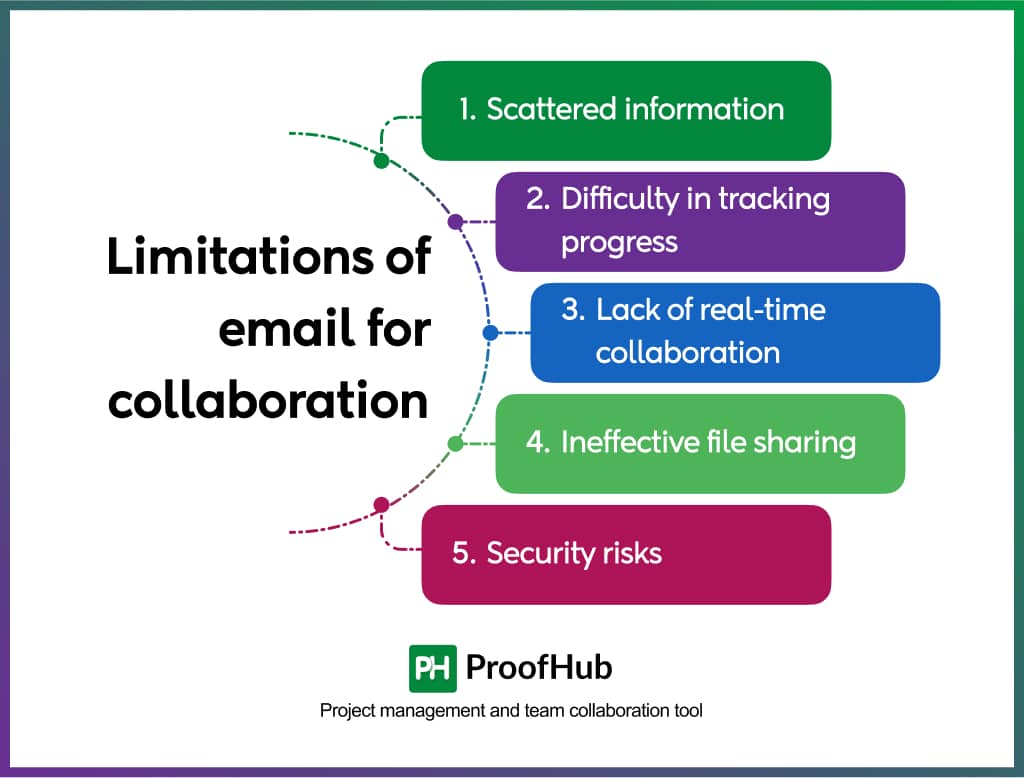“In the long history of humankind (and animalkind, too), those who learned to collaborate and improvise most effectively have prevailed.” — Charles Darwin
Collaboration is the art of working together towards common goals. It has always been essential to human society. From hunter-gatherer tribes to modern corporate offices, we thrive when we work together. In today’s fast-paced, interconnected world, this simple idea has gone through equally dramatic changes that it has brought to the world.
In this article, we’ll trace the footsteps of collaboration from traditional face-to-face interactions to the cutting-edge project management tools we use today.
Collaboration before the Internet
The office, as we know it today, doesn’t look like anything it used to be before the internet. Data and paperwork grew with the rise of global trade and business during the Industrial Revolution.
Traditionally, the office was a distinct space, separated from factories and production facilities, where information and administrative tasks were centralized.
In those days, collaboration meant face-to-face meetings. Colleagues gathered in the same room to brainstorm ideas, plan projects, and have discussions.
These methods were no doubt efficient but slower, leading to a paper trail of letters, memos, and reports sent back and forth via postal mail.
When remote collaboration was needed, audio conference calls bridged geographical gaps. Physical items and documents were sent through postal services and couriers.
Then came the facsimile (more commonly known as fax), the first upgrade that facilitated effective document sharing over long distances.
The fax had a crucial impact on information communication across offices. Easy to use and cost-efficient, the fax quickly rendered the telegraph obsolete.
But things were about to change dramatically.
The early digital shift with Email
Email, as a concept, had its humble beginnings in the 1960s. Yes, even before the internet was a thing.

In 1971, the first electronic mail server was invented, allowing the exchange of virtual messages across different computer systems. Little did the BBN engineer, Ray Tomlinson, know that his invention would forever alter the workplace communication landscape.
Fast forward to the dot-com boom in the 1990s, and the world witnessed a dramatic change.
The launch of the World Wide Web in 1993 brought the concept of electronic mail into the mainstream, now commonly referred to as “email.”
At its inception, email was perceived as a passive tool, merely a means to facilitate conventional offline communication. Employees initially upgraded their existing communication practices to this new online system. Soon, it became the new water cooler where all the gossip was happening.
Here are some of the benefits email added to workplace collaboration.
What are the benefits of email?

1. Ease of use
Email was fairly easy to use. Since it was like writing traditional letters, the workforce did not need training programs.
2. Wide reach
With the increasing globalization, this became an invaluable advantage in modern workplace communication. Email allows you to communicate and share information almost anywhere in the world.
3. Fast communication
Project managers could easily communicate with stakeholders, enabling swift response and informed decision-making. This allowed teams to handle the urgent matters.
4. Cost-effectiveness
Email was a cost-effective solution because of the reduced cost of postage and paper. Also, sending an email over large distances was cheaper than making a phone call.
5. Easy storage
Email significantly reduced the presence of long file cabinets within the organization. There was no longer a need to keep track of all the conversations with external collaborators using letter threads.
However, with all these benefits, collaboration became more chaotic as people were doing it in a sort of haphazard way. They were sending fast messages in one big pile inside the inbox. This way of communicating was fast but wasn’t very organized or effective.
Soon, limitations of email technology began to surface.
What are the limitations of email for collaboration?

1. Scattered information
One of the most common challenges teams faced with email was disorganized information. With people using email for various purposes, finding relevant, important information within the long list of unnecessary emails soon became a headache.
2. Difficulty in tracking progress
Keeping tabs on the status of jobs and projects through email was difficult. It was challenging to see the big picture and know where things were, which sometimes caused delays and missed deadlines.
Since the necessary information was spread across various email accounts, it was tough to find what and when. This resulted in poor team communication and project problems, like spending more money than planned and not delivering on time.
3. Lack of real-time collaboration
Though email has made a significant leap in making communication faster, It has a fair share of challenges in facilitating real-time communication. Team members had to draft a long email to update the status. Plus, the likelihood of important messages getting lost or important information getting misinterpreted was huge. Above all, it wasn’t easy to track file versions using emails.
4. Ineffective file sharing
The email had a file size limit on sharing. You could not send bigger files. Also, data retrieval is nearly impossible if you accidentally delete a file.
5. Security risks
With everyone using email, from personal to professional, email soon became a natural target for phishing and data breaches.
As you can see, most of the challenges associated with using emails for collaboration centered primarily on data management. These challenges were later addressed by the advancements made in data storage and retrieval technologies.
Data management also evolved in parallel to communication.
Back then, on-premise software was the norm. All teams could create, store, share their data, and collaborate on projects with computers connected to a workplace server. It was a significant upgrade from files, cabinets, and drawers, but just like email, it had drawbacks.
To begin with, personal resources couldn’t be readily shared. They could only be saved to a shared folder accessible by everyone in the office. If you needed someone or your team to work on a document you had and didn’t want anyone else to access it, you had to share it with them physically.
Yes, we’re talking about the era of transferring files through physical storage devices, a rather unimaginable process by today’s standards.
Also, there is a limited access issue.
If you weren’t on your computer, and your system wasn’t on with open access, no one else could access the information present on your system.
Above all, the major risk with this architecture was data loss. Collaboration was dependent on and limited to the workplace server. The entire operation could fall apart if something went wrong with the server.
It wasn’t uncommon for companies to have backup storage devices, but their maintenance was inconsistent, which meant they weren’t always reliable. Even if you did have a backup, there was no guarantee that it contained the most up-to-date version of your files.
These shortcomings gave birth to the concept of cloud computing.
Check out the best document management software
Development of cloud-computing
Cloud computing is recognized as a monumental leap in the history of workplace collaboration.
The cloud in cloud computing means that the data, information, and computing power can be delivered to you whenever and wherever you need it.
It revolutionized collaboration by providing a secure, easily accessible, and scalable platform for managing data. With cloud computing, your documents, data, and resources are no longer confined to a single computer or network.
One of the most significant advantages of cloud computing is its ability to allow for real-time collaboration. Multiple users could access, edit, and share documents simultaneously. Changes are reflected instantly, eliminating the need to send files back and forth via email or worry about the latest version.
The data was no longer tied to a server that could fail; it was replicated across multiple data centers, ensuring redundancy and data availability. With automatic backups and version history, companies could rest assured that their work was safe and accessible at all times.
The emergence of cloud computing, along with its advanced accessibility and flexibility, opened new doors to workplace collaboration. Teams were no longer limited by physical proximity or office hours. They could collaborate in real-time, no matter where team members were located.
This transformation gave rise to the conceptualization of virtual workspaces and collaborative work environments. These environments allowed teams to work together smoothly, even if they were spread across different geographic locations.
The impact of virtual workspaces and collaborative work environments
The shift towards virtual workspaces and collaborative work environments marked a fundamental change in how work was organized and executed. New methodologies, like Agile, were also sprouting in parallel and played a significant role in adapting to these new collaborative practices.
As teams became more distributed and collaborative, Agile principles provided a framework for managing projects with efficiency and adaptability. The Agile approach prioritized communication and close collaboration among team members, which aligned well with the capabilities of cloud computing and virtual workspaces.
More and more companies were turning to cloud services for file storage and real-time collaboration. These advancements paved the way for integrated project management and team collaboration tools.
Development of project management software
Project management software is the latest addition to the evolution of collaboration that brings everything together. These platforms integrated cloud-based collaboration features, allowing teams to work efficiently from one convenient location.
Project management tools offered a centralized space for teams to collaborate, share resources, and manage tasks, creating a collaborative ecosystem that streamlined the entire process.
With the advent of personal computers and networking, low-cost PCs grew leaps and bounds. This growth resulted in organizations investing in cloud-based project management tools that can multitask and efficiently manage even the most complex projects.
ProofHub is a proven team management software that connects co-workers and helps them get work done faster. Check it out now!
Collaboration in the modern world: the new norms
The modern workspace is no longer confined to physical boundaries; it thrives on connectivity and adaptability, driven by the evolution of collaboration tools in recent years.
Adopting cutting-edge technologies, such as project management and collaboration tools, was already on the rise for many organizations; however, the abrupt shift in workforce dynamics brought about by the COVID-19 pandemic served as a catalyst. It made their integration into the modern workplace necessary.
It also accelerated the adoption of video conferencing tools, facilitating real-time communication and collaboration.

According to Gartner, there was an astounding 44% surge in employees utilizing collaborative software since the onset of the pandemic.
Surprisingly, these collaboration solutions continue to sway even in the post-pandemic world. It’s not solely due to the widespread trends of remote and hybrid work models but also due to other factors.
Several organizations have now realized the correlation between robust collaboration and increased revenues.
Earlier, employees spent over 3 hours a day managing their emails, sifting through inboxes, and navigating lengthy reply-all threads. However, studies reveal that collaboration tools save an average of 90 minutes daily, equivalent to 7.5 hours per week.
Moreover, a recent survey by McKinsey & Company found that organizations with effective collaboration tools and practices are 2.2 times more likely to outperform their peers in terms of financial performance.
This underscores the tangible impact these tools can have on a company’s bottom line.
Wrapping up
The evolution of technology has changed the way we approach work.
As project management and collaboration tools evolve, a glimpse into the future reveals a set of profound challenges and transformative shifts that will impact the core of how we collaborate.
Tomorrow’s projects are expected to be larger and more complex, demanding innovation, efficiency, and collaboration without bounds. Teams are becoming increasingly diverse and geographically distributed, and the emergence of new automation and artificial intelligence (AI) technology and the gradual increase in speed-to-market tend to bring more innovative and efficient collaboration methods.

